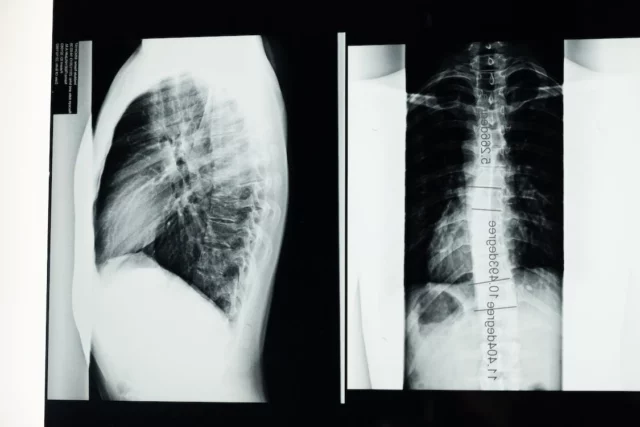Dog bites are on the rise in Austin, Texas. According to Austin Animal Services, residents have witnessed a steady growth in the number of minor and moderate dog bites reported in the past five years. From 2000 to 2008, the annual incidence of moderate dog bites rarely exceeded 250 per year. However, from 2009 onwards, annual dog bite rates have increased to nearly twice those reported fifteen years ago.
The shift is likely due to Austin’s pro-dog attitude and rapid expansion. Austin is the fastest growing city in America, with an annual population growth rate of 2.8 percent. Many people are attracted to Austin because of its pro-dog policies. However, many overlook the very serious nature of dog bite injuries.
Who is at Risk of Dog Bites?
Sadly, dogs tend to bite young children more than any other age group. According to the Centers for Disease Control and Prevention (CDC), children between five and nine years of age have the highest rate of dog bite injuries. Due the similarity in size between dogs and small children, dogs tend to bite children on the face or neck. Such bites often result in permanent disfigurement and can be extremely traumatic for young children.
How Can I Prevent Dog Bites?
Given that children are most often the target of disfiguring dog bites, it is best for parents to be fully aware of the following effective strategies for preventing canine aggression:
- Avoid predatory triggers. Dogs are naturally ingrained with predatory responses that can reactivate if a child behaves in a prey-like manner. Running away and hiding in fear, a common childhood response to canine aggression, can lead the dog to confuse the child with small prey.
- Avoid interfering with a dog’s bone time. While a bone may seem like a simple toy to us, it is a valuable resource to a dog. Attempting to play with a dog’s bone while he or she is chewing on it is an attempt to steal a valuable resource from the dog’s perspective, which can trigger a violent response.
- Teach your child to avoid aggressive play. Many children enjoy aggressive games, which can cause dogs to growl and bark. However, such noises are often the dog’s attempt to tell the human to stop what they are doing because it is perceived as threatening.
- Learn to read a dog’s emotions. There are a few telltale signs of oncoming aggression, such as becoming motionless, showing teeth and staring intently. By teaching children to recognize such signs, they can know when it is appropriate to cease whatever activity may be aggravating the dog.
What Do I Do After a Dog Bite?
If your child has been bit, immediately seek medical attention. Then, check with the owner of the dog to ensure that the dog has received all necessary vaccinations. In the weeks following the bite, be sure to apply antibiotics to the wound to prevent infection.
If the dog responsible for the dog bite belonged to someone else, you may be able to seek recourse for financial compensation. Such a measure is necessary to pay for expensive reconstructive surgery that is often needed after a dog bite to the face or neck. Be sure to consult with an experienced dog bite injury lawyer if you do decide to take legal action. The Law Offices of Aaron Allison has been providing honest legal counsel to victims of dog bites in Austin since 1978. Reach out to us if a dog has injured you or your child, or if you simply need legal advice.





